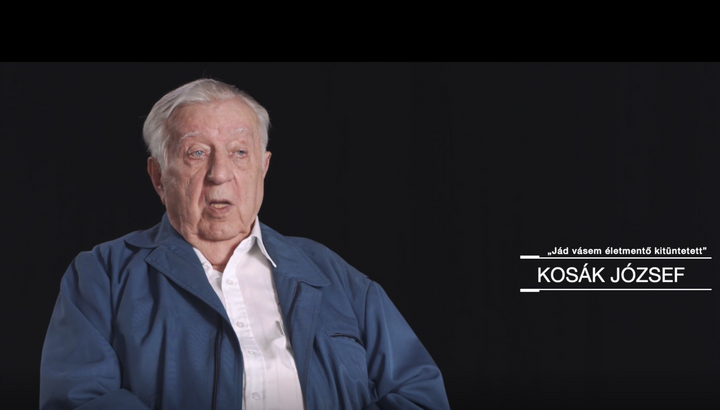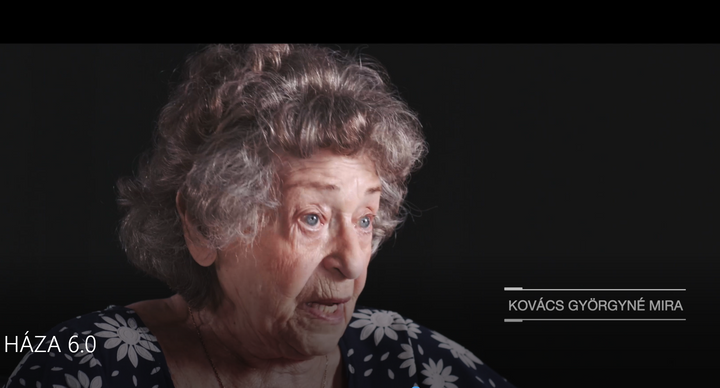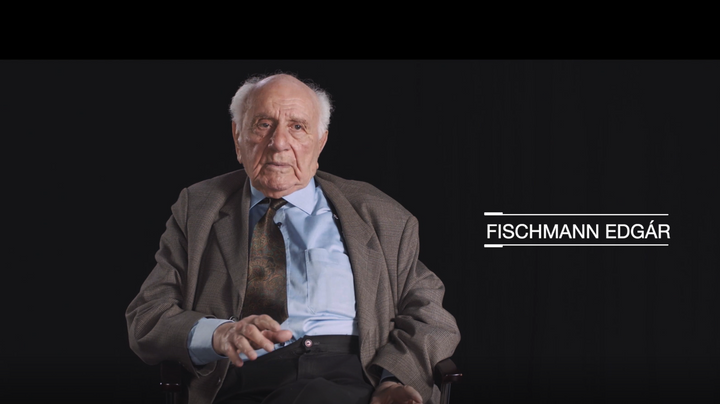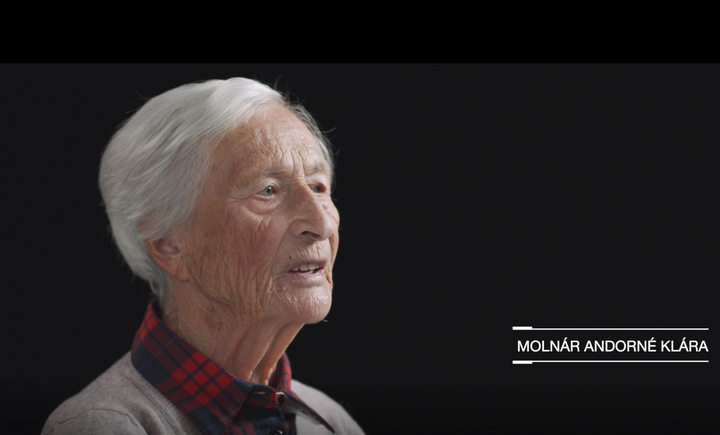

Posted on 01/18/22
Budapest, Hungary - Jan. 18, 2022 – A special website dedicated to broadcasting recollections of Holocaust survivors and their rescuers was inaugurated yesterday evening by the Association of Hungarian Jewish Communities (EMIH), marking the 77th anniversary of the liberation of the Budapest ghetto. The new website, which is in Hungarian with English translation available, contains programming that will air consecutively for the next 77 hours (starting 18.00 on 17th of Jan). A new video featuring interviews with survivors and their rescuers will be shown every hour.

The videos include heartbreaking testimonies of those who survived as children, including an interview with Miklós Szinetár, and these recollections by Klára Andorné Molnár and Mária Szilágyi.
“After we were tossed out of the train to Auschwitz, we tried to grab our luggage, but we were told not to bring anything, that they would bring everything to us,” recalled Molnár. “The procession started and we saw the line separate in two different directions. It later became clear that those who were on the right were taken to the gas chamber, and those who survived were taken to the other side."

“After the liberation, we tried to find out about the fate of other family members,” Szilágyi said. “It was then that we learned that my grandparents and my father's family had almost all perished in Auschwitz.”
The videos featured on the website, Those Who Remember, are part of a series of interviews with survivors that were conducted by Hungarian director András Surányi and commissioned by the Hungarian Holocaust Research and Education Center (Magyar Holokauszt Kutatási és Oktatási Központ (MHKOK). MHKOK was formed with the goal of developing the House of Fates, Budapest’s new Holocaust Museum, which opened at the end of 2021.
“Each year on January 18, we remember the liberation of the Budapest ghetto and pay our respects to the memory of hundreds of thousands of Hungarian Jewish victims who perished in the Holocaust,” said EMIH Chief Rabbi Shlomo Köves. “Sadly, as the number of survivors declines, it is incumbent upon us to preserve both the memories and the lessons for future generations, which makes these joint remembrances with survivors even more important.”

EMIH organizes the annual commemoration, which had previously featured a joint candle lighting ceremony at the Budapest Ghetto Memorial Wall on Dohány Street that was unveiled in 2014, the 70th anniversary of the ghetto liberation. Last year, due to pandemic restrictions, EMIH created 76 hours of online programming to replace in-person events. As the pandemic continues this year, the community planned a memorial program at the Shoes on the Danube Bank Holocaust Memorial, as well as an online event for those unable to participate in person.

Some 70,000 Hungarian Jews were forced into the Budapest Ghetto, which was sealed off on December 10, 1944. The small area was enclosed by Dohány Street, present-day Kertész Street, Király Street, Csányi Street, Rumbach Sebestyén Street, Madách Imre Road, Madách Imre Square and Károly Boulevard. In just a little over a month of the ghetto’s existence, the residents of the Budapest Ghetto faced inhumane conditions, overcrowding, food shortages and frequent Arrow Cross raids, which claimed countless lives. After its liberation on January 18, 1945, thousands of unburied bodies were found inside the ghetto.